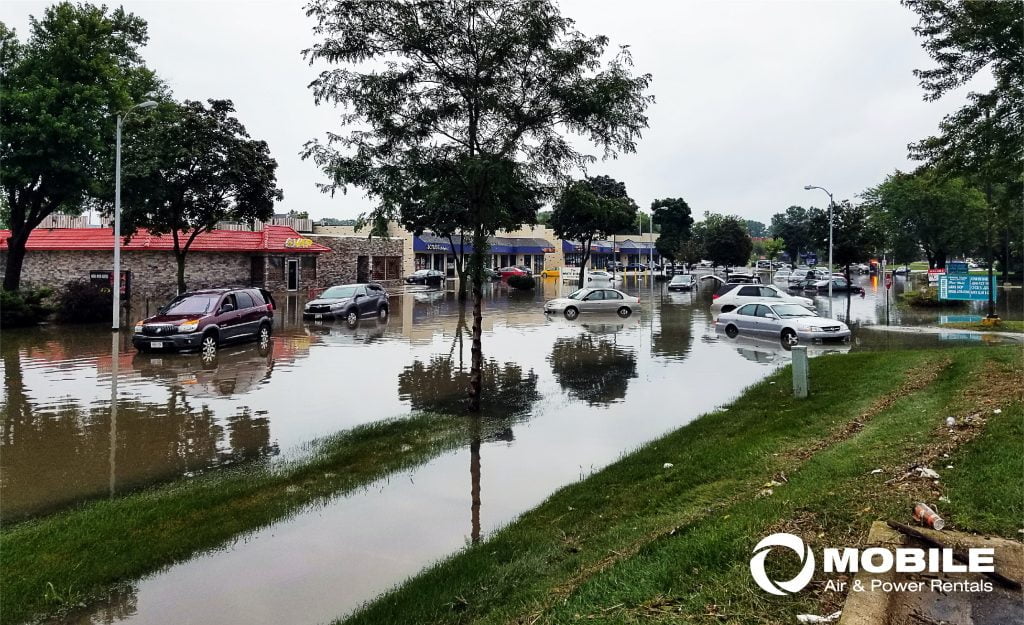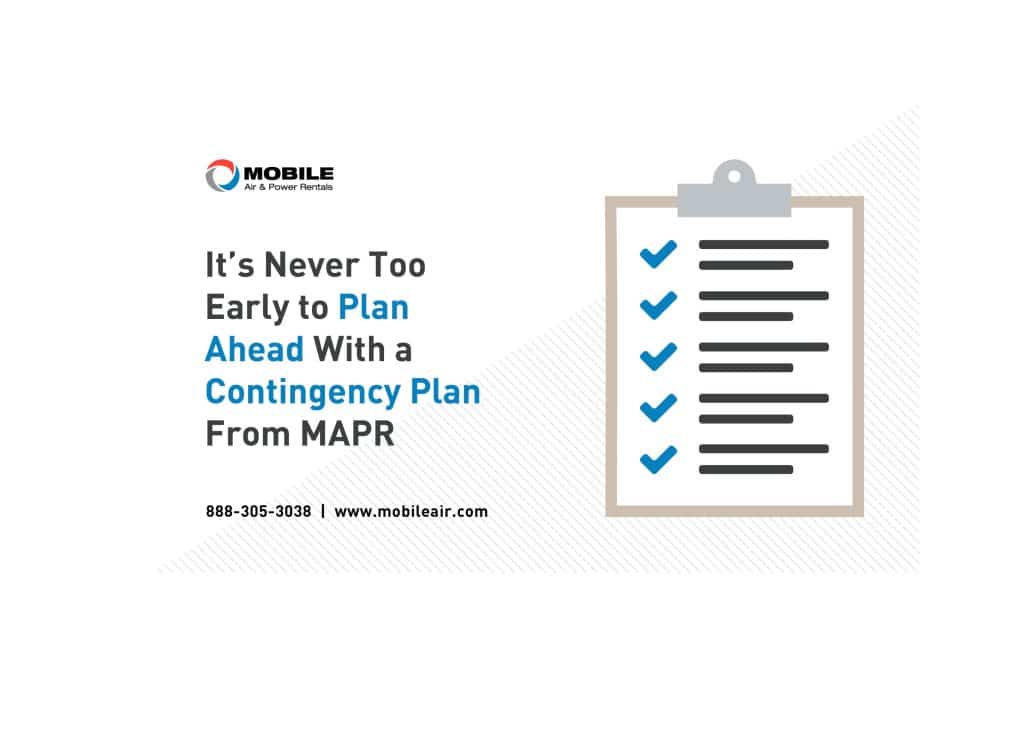When it comes to temporary power solutions, generators are commonly used to keep the lights on and operations moving forward. One piece of additional equipment, a transfer switch, plays a critical role in ensuring that this backup power is safely provided while making the process seamless. Whether a transfer switch is needed as part of a pre-planned and preventative maintenance situation, or in an emergency or unplanned outage, Mobile Air and Power Rentals and our strategic partners have the necessary options.
In the following, we’ll take a brief look at what transfer switches are, how they are commonly utilized, and the types of transfer switches available.
What is a Transfer Switch?
In short, a transfer switch is an electrical switch that diverts a power load between two sources. In more permanent installations, the transfer switch automatically transfers the power once it becomes unavailable from the utility company. When used in conjunction with standby generators, often used by businesses and facilities, transfer switches change the power load from the grid power to the generator itself.
What Types of Transfer Switches are Available?
Transfer switches are either manually or automatically operated, and are available in either configuration. Manual transfer switches require someone to physically operate the switch, which in turn transfers the power. Automatic transfer switches, on the other hand, do not require someone to do this, as the process is automated when power needs to be transferred. For many business, commercial, and industrial applications, automatic switches are crucial for keeping operations running in the event of a power outage. Although manual switches are commonly used with portable generators, standby generators typically connect to automatic transfer switches for a more seamless operation.
Where are Transfer Switches Typically Used?
For many facilities, transfer switches play an important role and are a non-negotiable piece of equipment on site. Especially true in hospitals and municipalities, these switches ensure that inventory, employees, and all operational processes can go uninterrupted in the event of an outage. As an example, public water and wastewater plants often operate 24/7/365 to ensure a safe water supply to its residents. Any sort of disruption to these operations can be costly and have far reaching consequences. Whether they plan for a temporary outage, or are being proactive in the event of a power failure, transfer switches will ensure that the on site equipment continues to function properly. In some cases, a facility may plan on removing or servicing an existing generator and will require a transfer switch to divert the power elsewhere.
Do I Need a Transfer Switch? Are There Risks Of Not Using One?
In commercial and industrial applications, and in residences that are using standby generators, transfer switches are needed to prevent potential issues. The most common concern is backfeeding of the grid, which means two currents are simultaneously feeding power. For example, if a building is using a generator during an outage, without a transfer switch, and the utility power comes back on, the building would now have two currents. One current from the generator and one current from the utility power. This type of surge can cause fires and other serious injuries.
How can MAPR Assist with Transfer Switches?
Along with our strategic partners, our team can assist with any of your transfer switch needs. From 100 amps up to 4000 amps and 600 volts, auto and manual transfer switches are available nationwide. With safe and easy to use temporary power equipment, we have the industry experts to ensure a safe and cost effective solution to your needs. Give us a call with your transfer switch questions today at 888-305-3038.





